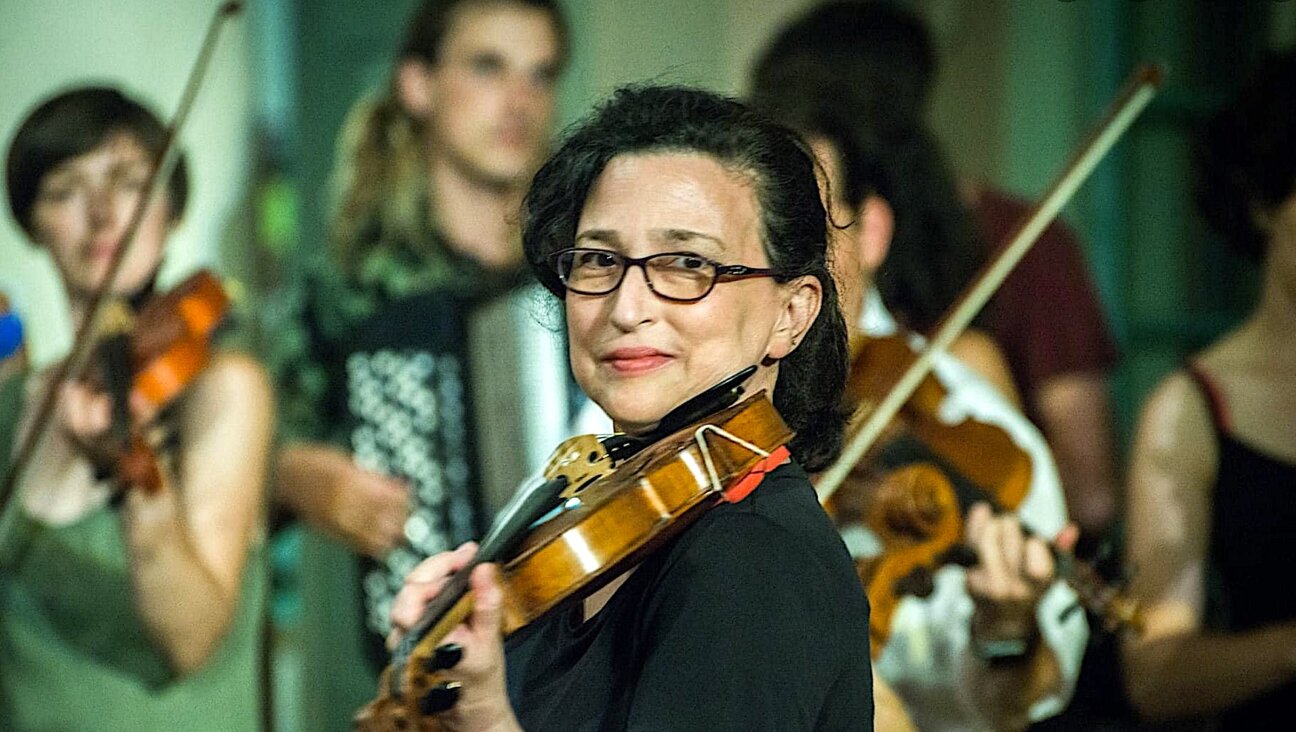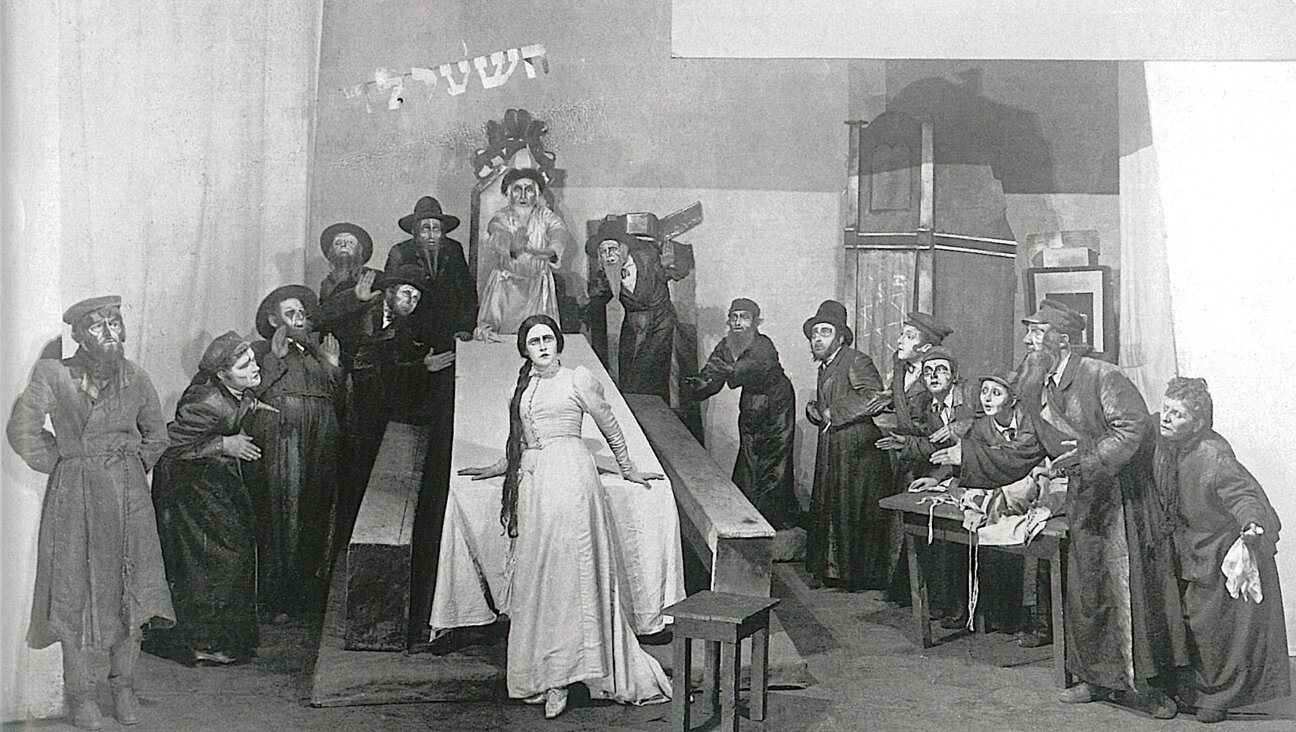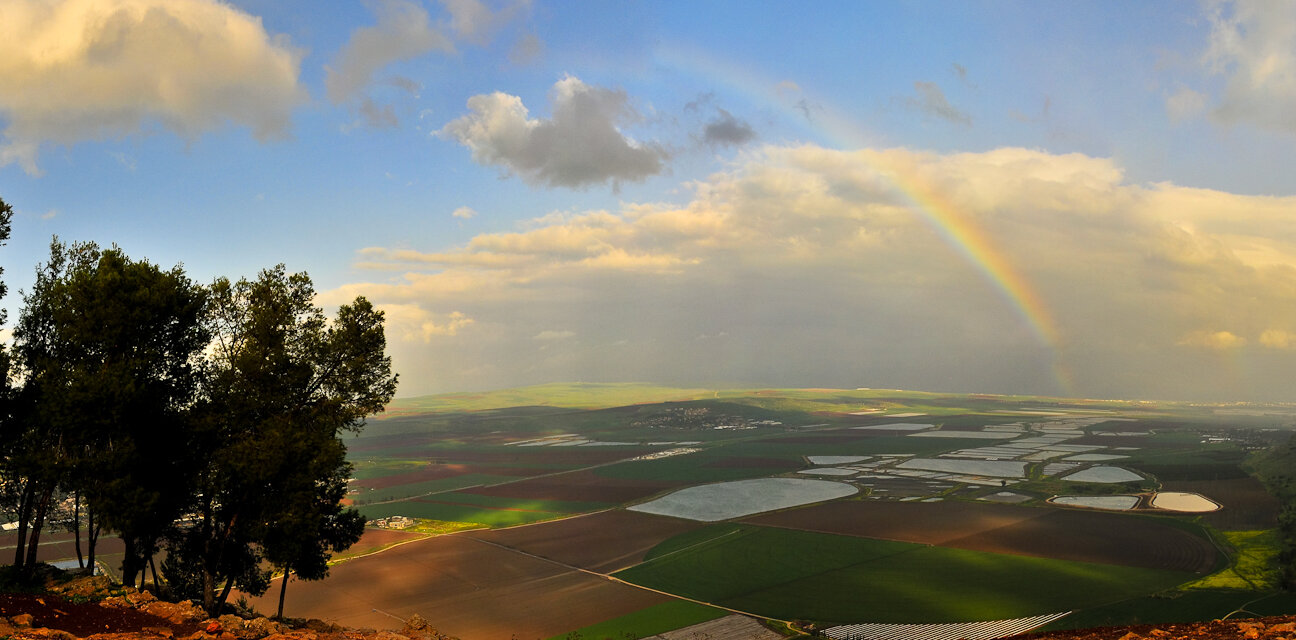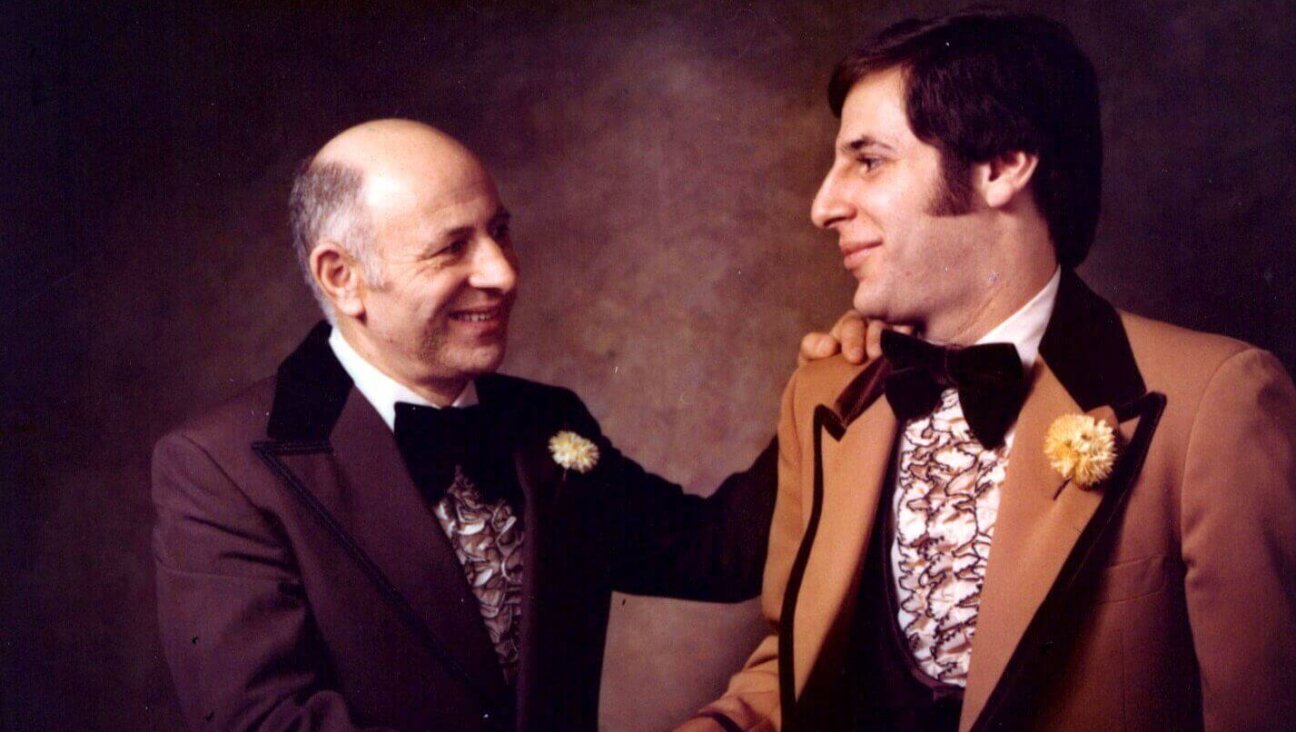Why is Ken Burns so negative about Yiddish?
The “Yiddish is dying” claim reduces its speakers to “nonpersons” without a place in the popular discourse
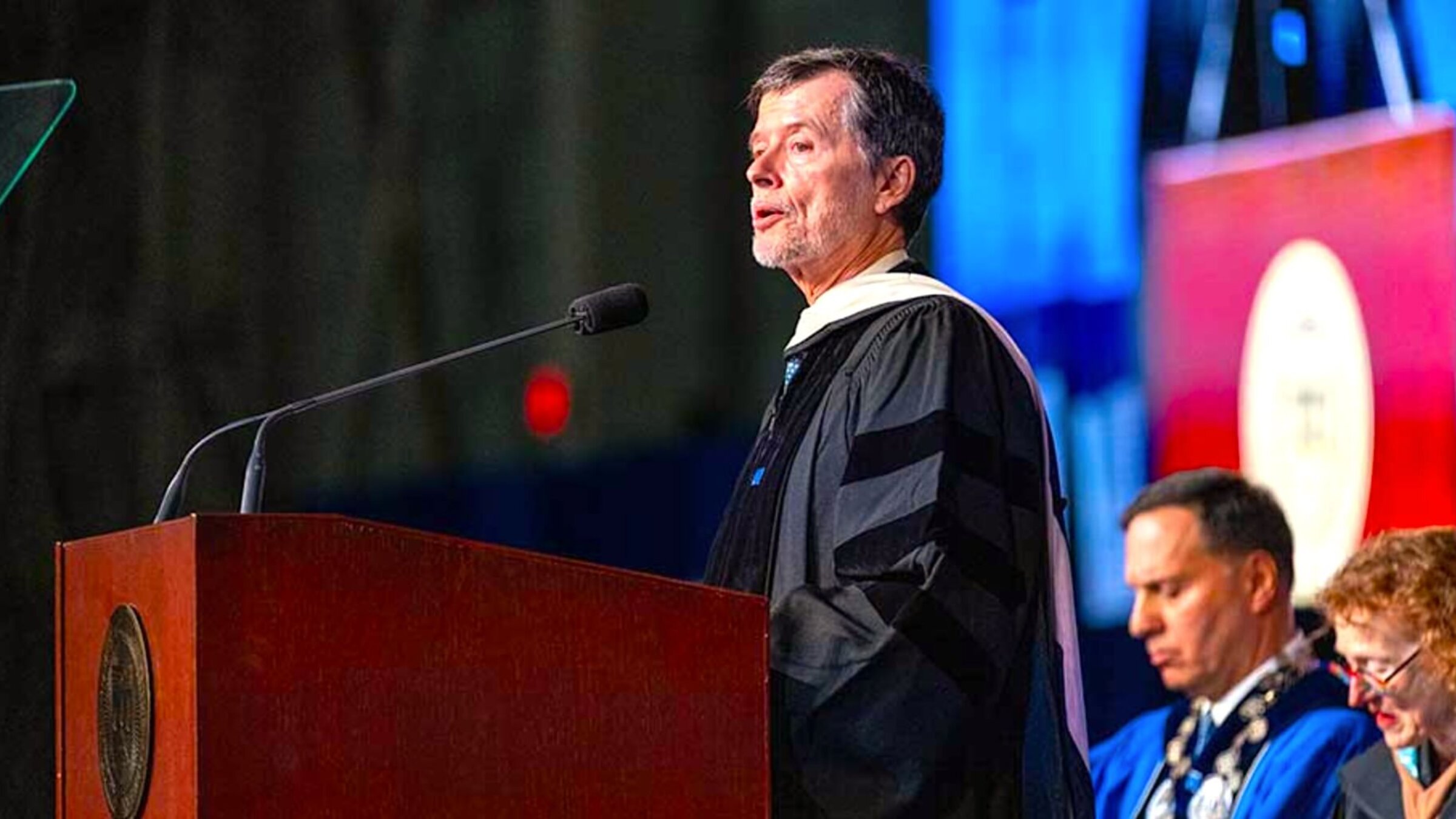
Photo by Brandeis University
It’s commencement season and no graduation would be complete without a guest speaker of some renown. At Brandeis University in Waltham, Massachusetts last weekend, undergraduates welcomed the acclaimed documentarian Ken Burns as their commencement speaker and recipient of an honorary doctorate.
In the hyper-polarized America of 2024, Burns is remarkable for carving his own niche within public history: In love with America, unafraid to critique its many flaws, he is seemingly outside the reach of our present corrosive politicization. As welcome as such an affirmative vision can be, Burns’ powerful Brandeis speech is also instructive in revealing what the limits of such a vision might be.
Invoking inspirational American figures from Abraham Lincoln to James Baldwin, Burns’ commencement address was very much a Ken Burns production. Wholesome in its optimism, the powerful speech drew on a wide range of American experience. Gesturing toward Brandeis’ unique position as a historically Jewish, nonsectarian university, it hit all the notes which liberal American Jews in the audience might want to hear on such an occasion. I say this as a liberal American Jew myself, as well as a graduate of Brandeis University.
Burns made an impassioned case for identifying and examining our own limiting assumptions and binaries, which he likened to a kind of slavery. Changing hearts and minds calls not for more arguments, he said, but more stories. And I don’t necessarily disagree. Stories remain our most powerful technology for generating empathy.
At the same time, I must push back slightly on the way Burns made this important argument, even at the risk of seeming churlish. Among his pantheon of important American voices, Burns made a point of highlighting the influence of Yiddish, as well as the great American Yiddish writer, Isaac Bashevis Singer. Unfortunately, as regards Yiddish the language, Burns leans on the usual cliches destined to infuriate humorless Yiddishists such as myself. The language is “marvelously expressive,” and “sad and happy all at the same time.” Ascribing unique expressivity to Yiddish is one of those things that gets repeated so often, it has taken on its own kind of truthiness.
But the reality is that Yiddish is exactly like any other language, superbly adapted to express the conditions in which it arose, but no more or less expressive than any other spoken by human beings. To say otherwise does exactly what Burns cautions against — exoticizing, even otherizing the very people who lived and died in it.
Burns anthropomorphizes the language as having a will of its own, a language which is “sometimes maddeningly all knowing, yet resigned to God’s seemingly capricious will.” His characterization hardly squares with the language I know, the one in which centuries ago, Levi Yitzhok of Berditchev laid his righteous din-toyre (lawsuit) against God on account of His cruelty to His chosen people. Even so, I could find 10 more examples that demonstrate a quintessence of Yiddish opposite to that of Levi Yitzhok’s din-toyre. To reduce the emotional potential of Yiddish is to reduce its capacity for humanity, something I refuse to do.
Burns is an evangelist for stories and the far-reaching impact stories can have on us. To this point, Burns cited Singer, 1978 Nobel laureate for literature. He notes Singer’s quizzical delight in the warm reception his work received in Japan. How, he wondered, could the Japanese relate to stories of long-ago life in an Eastern European shtetl? Was it because they “spoke of the kinship of the soul”?
Burns evoked the familiar image of an impishly wide-eyed Singer, expressing wonder that “so many of his books written in this obscure and some said useless language would be so widely translated” around the world.
There were certainly many who didn’t like Yiddish or considered it a poor cousin of German. But useless? Obscure? We’re talking about a language in which something like 16,000 distinct titles were published in less than 150 years, with 1.5 million books circulated among readers, not to mention the thriving world of Yiddish newspapers, magazines and more.
Burns reveals himself as far too credulous in regards to Singer’s self-mythologization. Out of all the Yiddish writers of his generation, Singer was well known as the most translation-savvy, dedicating a considerable amount of his time and energy to reinventing himself as a multinational literary presence. Indeed, there’s a reason why it was Singer who won the Nobel Prize, and not the less translated, but more highly regarded literary work of a writer like Chaim Grade.
In any case, Yiddish certainly did not pass away when Singer did, in 1991. Despite the belief of Ken Burns (and many others) that Yiddish is a “dying language,” experts estimate that there are close to a million Hasidic Yiddish speakers in the world today, and their average age skews young. Hasidic Yiddish speakers are not just a huge part of the present of the language, they are its future. To deny this fact is to deny plain reality.
The “Yiddish is dying” claim doesn’t just imply that Hasidic Yiddish is lesser than prewar, European Yiddish. It reduces its speakers to ‘nonpersons’ without a place in the popular discourse, even in an optimistically embracing, multilingual, liberal order.
By contrast, state power in New York (a global center of the Hasidic Yiddish population) is actually invested in affirming the citizenship of Hasidic Yiddish speakers. You can buy a Metrocard, get public health communication, and even take the census, all in Yiddish. This state-generated Yiddish may be imperfect at times, but it recognizes the existence of its speakers and their belonging in the civic order.
According to Burns, Yiddish isn’t just dying, it is a “language without a country … in a world more interested in the extermination or isolation of its long-suffering speakers.” Does Yiddish not belong in America, the place where more than half its speakers currently live? Do they not have just as much of a claim on the country as speakers of English or Spanish or any other language? That we even have to ask this question demonstrates how urgently we need to address our national myths, and start telling better stories.
A message from our CEO & publisher Rachel Fishman Feddersen

I hope you appreciated this article. Before you go, I’d like to ask you to please support the Forward’s award-winning, nonprofit journalism during this critical time.
At a time when other newsrooms are closing or cutting back, the Forward has removed its paywall and invested additional resources to report on the ground from Israel and around the U.S. on the impact of the war, rising antisemitism and polarized discourse.
Readers like you make it all possible. Support our work by becoming a Forward Member and connect with our journalism and your community.
— Rachel Fishman Feddersen, Publisher and CEO







